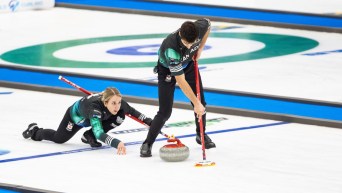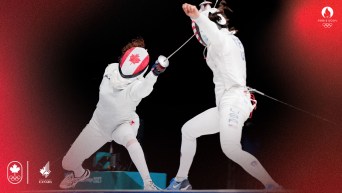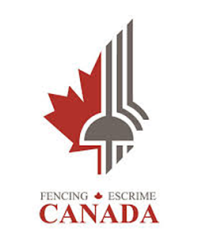Five fencers in position to take a stab at Rio 2016
As the end of direct Olympic qualification for fencing approaches, five Canadians are in position to secure a spot at Rio 2016.
Although the direct Olympic qualification period officially closes on April 4th, after the completion of the final events over the weekend, five Canadians are in position to clinch an Olympic berth. Canada could have at least one athlete in each discipline. Eleanor Harvey and Maximilien Van Haaster may compete in foil, while Max Brinck-Croteau and Leonora MacKinnon are poised to take on all comers in épée. Joseph Polossifakis is also in position to represent the nation in men’s sabre, after maintaining his qualification position following the final event in Seoul on Saturday.
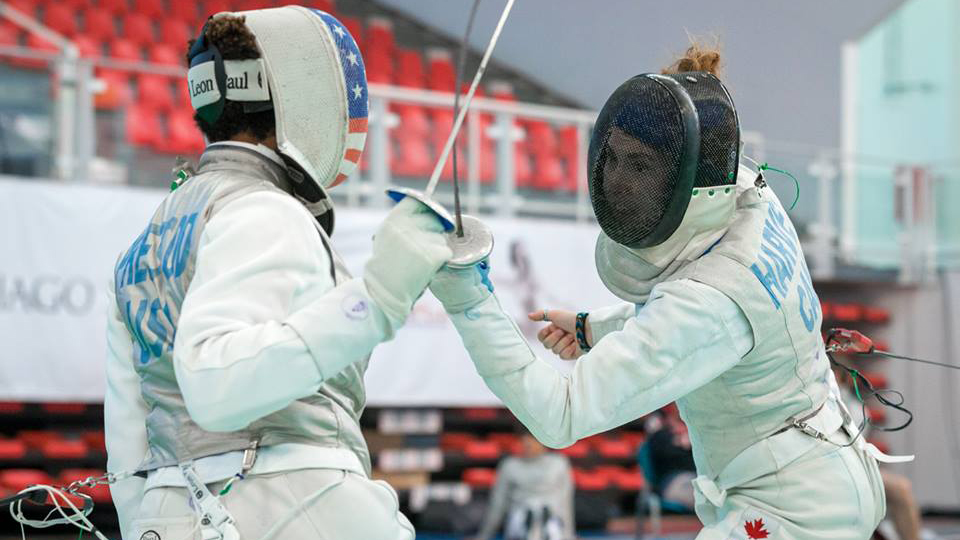
Eleanor Harvey (Devin Manky)
While Canada does not have a female sabreist in position to secure an Olympic berth on April 4th, Gabriella Page will have another opportunity to secure a ticket to Rio at the Pan Am zonal Olympic Qualification event in San Jose, Costa Rica on April 16.
Full Olympic qualification standings
With at least five Canadians expected to wear the maple leaf at the Games this summer, here’s a breakdown of how fencing works, to make it a little easier to follow Canada’s team in Rio.
How fencing at Rio 2016 will work
There will be 10 fencing events in the Olympic program this summer, which can be divided into three categories of weapons: épée, foil and sabre. Depending on the category, athletes will compete individually or on a team.
Related: Canada’s female fencers are golden at TO2015
In individual events competitors aim to be the first to 15 points. In team matches each side has three fencers, who face each member of the opposing team, for a total of nine bouts. The winning team is the first to reach 45 points.
Getting to know the weapons
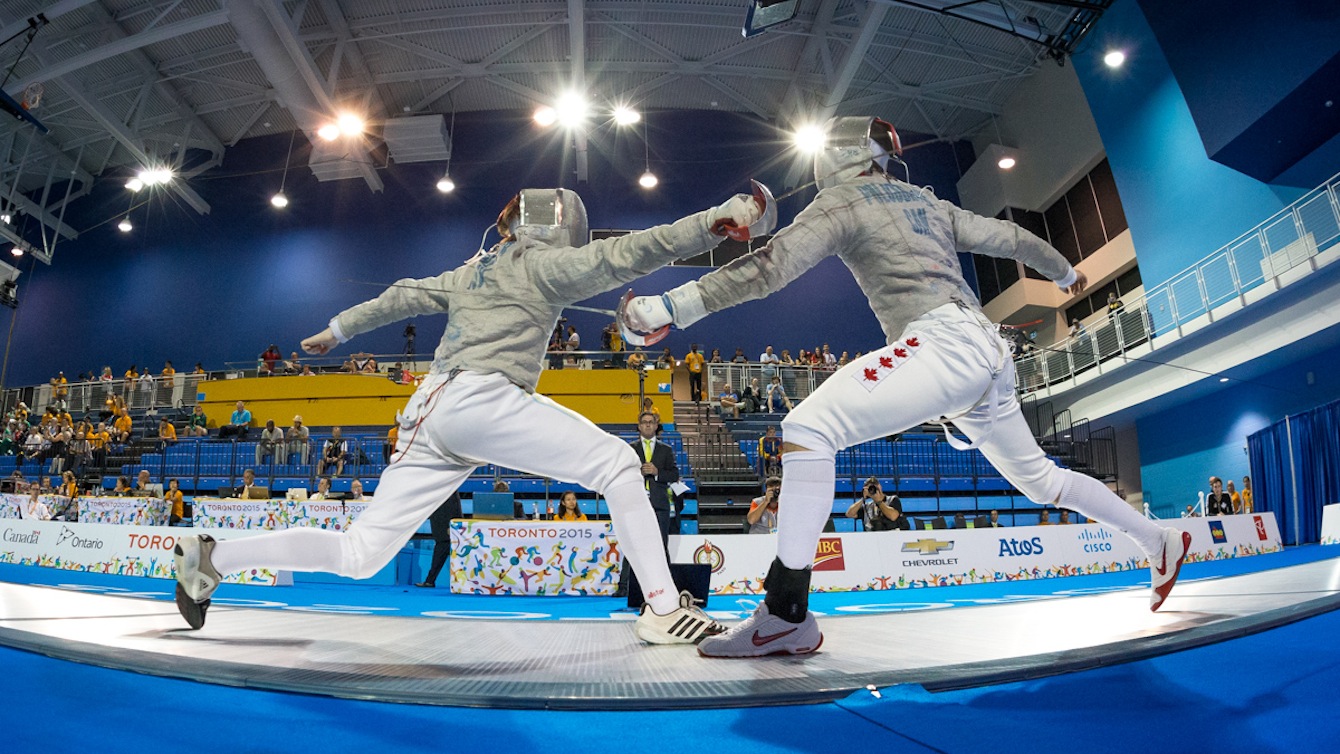
Joseph Polossifakis (Canada) fences against Stryker Weller of the Virgin Islands in the initial elimination rounds of Men’s Sabre Competition at the Pan-American Games in Toronto, Canada.
Épée
In épée, fencers use a triangular bladed sword, points are scored but touching their opponent anywhere on the body with the sword’s tip. Men and women compete in both individual and team epee events.
Foil
The swords used in foil are have a flexible rectangular blade. In order to register a point, fencers must strike their opponent on the torso. Any contact made outside of the target area – shoulders to groin on the front or back – does not count. At Rio men will compete in both individual and team events, while women only compete individually.
Sabre
In Sabre fencing points are scored not only with the sword’s tip, but with its sides. Points are allotted for strikes anywhere from the head to the bend of the hips. This summer women will compete in team and individual sabre, while men compete individually.
For more information on how the sport works, check out our fencing sport page.


